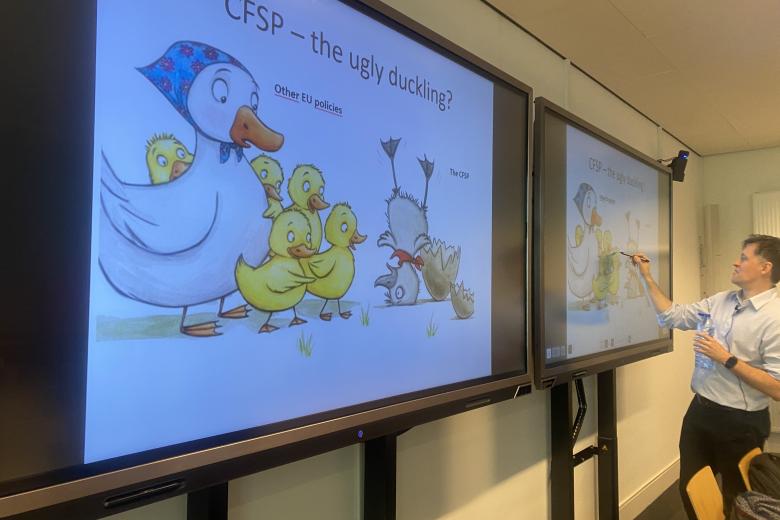Hemker’s brains
“I remember a sign in your room that says, ‘Science is difficult, people are impossible’.” “That’s right,” chuckles Coen Hemker, “a gift from my professor in Oxford.” Anecdotes and memories tumble over one another in the discussion about the PhD training of Marja van Dieijen, professor of Clinical Chemistry and president of MUMC +. In January 1981, she earned her PhD under professor emeritus of Biochemistry, Coen Hemker, who at 82 is still knee-deep in science.
After studying chemistry and mathematics in Leiden, Marja van Dieijen moved to Maastricht with her husband in 1977. He got a permanent contract as a member of the academic staff at the institute of Coen Hemker, which was investigating thrombosis and coagulation. “I followed him; that’s how things went during that time. I had just graduated and was looking for a PhD position. Coincidentally, a place became available in Coens’s lab with Wim Hermens, my co-supervisor. The subject was a mix of biomedical research and mathematical models, so it suited me.”
“Marja developed a method to estimate the size of an infarct. She was the kind of PhD candidate that I would’ve liked to have had more of—with initiative and who understood where you wanted to go. She only needed half a word and she’d change something halfway through because it would lead to a better outcome. Moreover, we had more or less the same background: we both come from Amsterdam and both have a father who’s interested in science. I felt a certain kinship.”
Loving neglect
Both agree that PhD training at that time was subject to far fewer rules. According to Van Dieijen, “There was no written protocol. You just started your research and if you needed each other, you looked for each other.”
“Loving neglect”, Hemker adds.
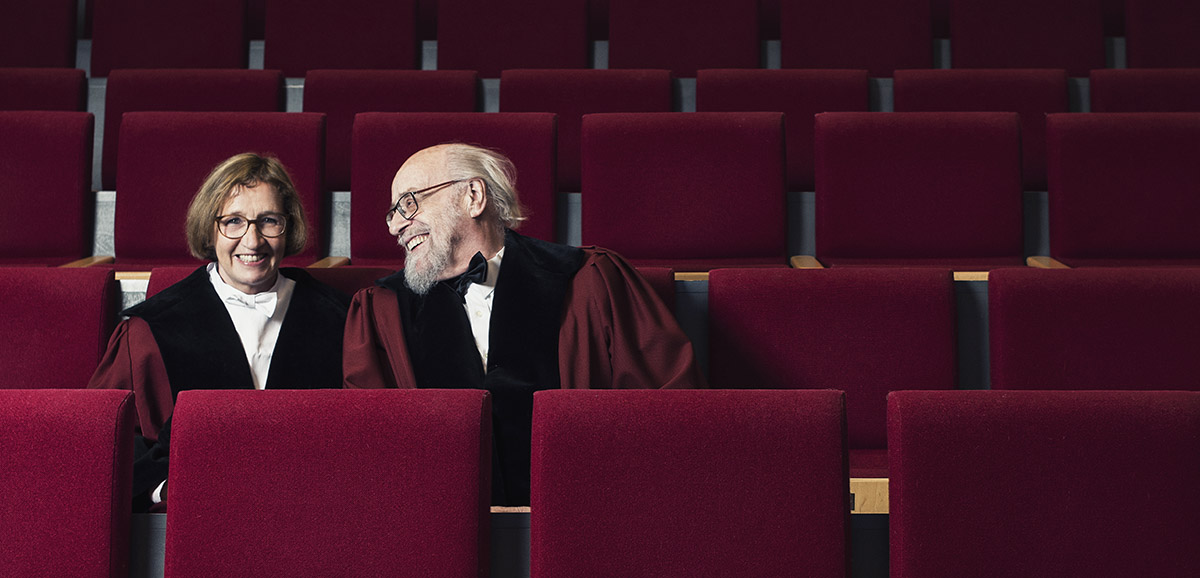
“That's not true”, she says laughing, “we had discussions regularly. But you didn’t have to submit a plan beforehand and set everything in stone. And the pace was very different. I still typed my articles on carbon paper and if there was an error in it, the whole page had to be done again.”
“And you had to make the figures and tables on your own with India ink and with the adhesive letters.”
“The atmosphere was very open. It was on a different scale. The university had just begun here. A PhD defence was an event, because they were so rare.”
“Right, the first PhD candidate at UM in 1977 was one of mine: Peter Cuypers. I also supervised him together with Wim Hermens.”
“We were located at the biomedical centre, a small wooden building, and you knew everyone. Every morning around 10.00 we drank coffee in the hallway with the staff and PhD candidates. That was a time when you could ask questions, but there were also a lot of laughs.”
“I brought that coffee time with me from Leiden, because that informal contact is terribly important. Because there was no place for it, we did it in the hallway—until the Executive Board found out and banned it for safety reasons. This had an adverse effect on the atmosphere in the department.”
“When we weren’t allowed to sit in the hallway anymore, there was instead a boules court and table tennis. Coen always won everything, that I have to say”, Van Dieijen laughs.
“Well, of course, I carefully chose the things by which I let myself be measured.”
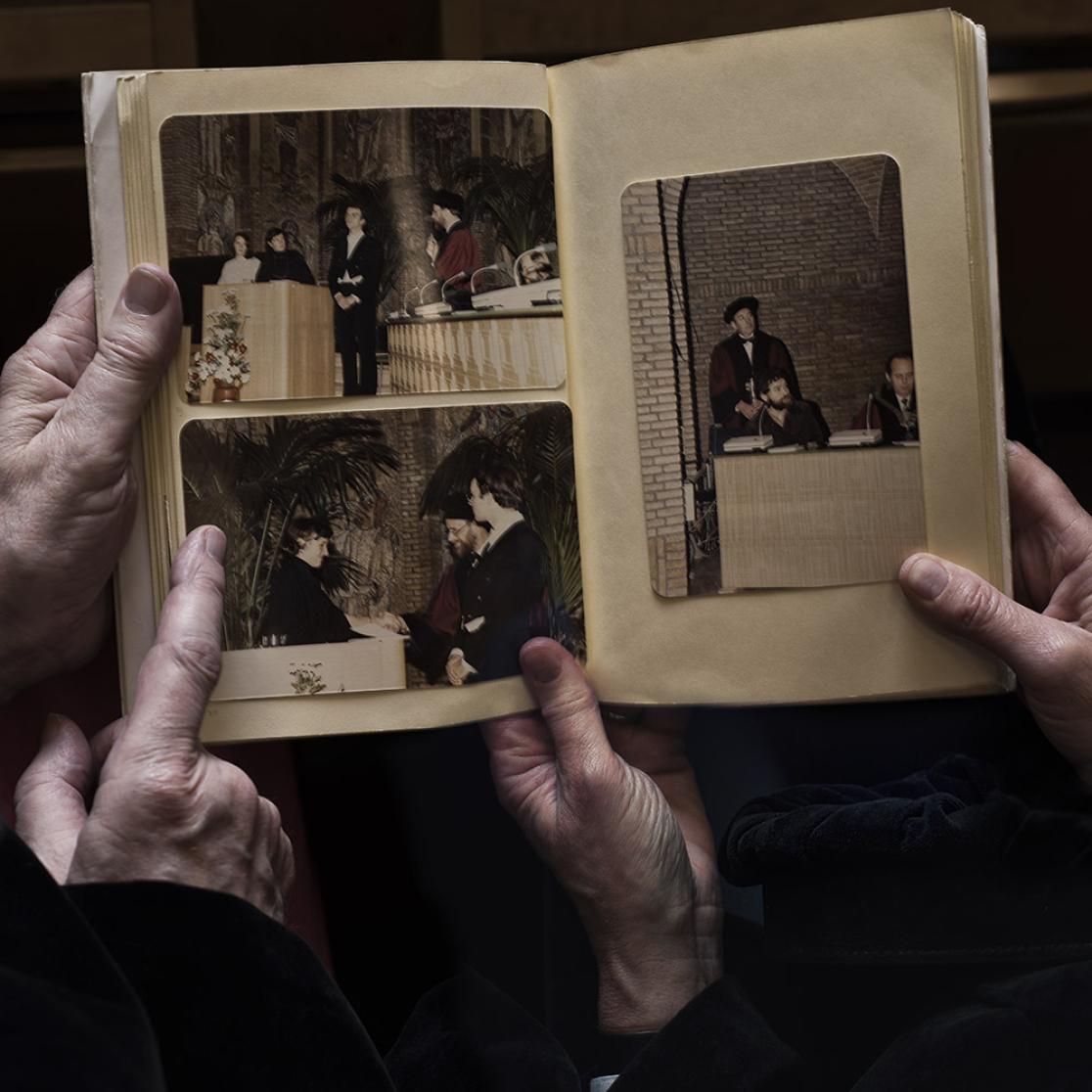
Blood-curdling
After talking about the lab and people back then, Van Dieijen fires off another anecdote. “You have to imagine, everyone who coagulated stood behind a glass container where tubes were hung, to see how long it took the blood to coagulate. But for blood to coagulate, you need to have thromboplastin and that comes from the brain. So in the freezer of the lab was a box that said ‘brains Hemker’. I'll never forget how the brains of my supervisor were proverbially kept in the freezer. It was a fun time.”
Coattails
Halfway through the PhD programme, Van Dieijen realised that she did not want to do fundamental scientific research her whole life. “I went to talk to Coen about what the possibilities were. He was quite well-known in the world of clinical chemistry. At that time, you didn’t come into that world if you didn’t ride on someone’s coattails. My coattails belonged to Coen.”
“And it also helped that you had earned your PhD”, he adds.
“I hardly knew that that discipline existed. Fortunately, with Coens’s help I was able to begin in Heerlen, and I ultimately became the first female professor of Clinical Chemistry.”
“You weren’t my first female PhD candidate; that I’d had in Leiden.”
“Indeed, but women in science could be counted on one hand at the time. Now almost 60% of the PhD candidates in biomedical sciences are female, also in my discipline.”
Like father like son
For the occasion, Van Dieijen brought along her photo album of the PhD defence, which is looked through with pleasure. “At home it’s in the safe; everything else can burn, but not this album.” Old acquaintances are passed by, until Hemker notes, “What’s my father doing here?”
“This picture was taken out back in our garden when we had a pig on a spit with the entire department. Your father was there, too. He always came to the department outings, a nice man.”
“Well, it must not have been your father”, Hemker says with twinkling eyes. “He had inherited a microscope, and after various evening courses, because he had only gone to technical school, he founded the Dutch association for microscopy. At our home, the bacteria hunters—Koch, Ehrlich and Pasteur—had the same status as famous footballers, meaning that they were talked about with great enthusiasm but little expertise. At one point, my father wanted to continue studying, but because he had no secondary school, he couldn’t. When he was 50, he did MO biology and when ten years later MO-B equivalents were given to candidates, he said: ‘I'm going to do a doctoraal.’ At 65, he earned his doctoraal degree and then he stood by me on the doorstep: ‘I want to get a PhD.’ When he was 70, he earned his PhD with me.”
Exploration ship
Though after having been rector from 1982 to 1985, Hemker was glad that he could devote himself entirely to research again, Van Dieijen has now, as president of MUMC +, clearly chosen administration.
“Yes, recently I completely stopped my academic work and I no longer supervise PhD candidates. It wasn’t really possible to combine it all. I think that's unfortunate, because there’s nothing more beautiful than to see someone grow in his or her research and to guide him or her in it.”
“I never doubted that Marja would end up where she wanted to go; that was clear from the start.”
“But what it was ... I was a clinical chemist for years and was head of the laboratory. Then, when there was a vacancy for a professor, I thought ‘I've got the credentials, why not try it?’. Sometimes steps logically follow one another, and it’s also a matter of luck. I like administration.”
“I find administration boring; research is much more interesting. We researchers are always kind of mavericks. I liked to talk about my department as an exploration ship and whether it moored in Leiden and Maastricht, it didn’t matter much. I still have one PhD candidate, two postdocs and last month I submitted my latest patent. In total, I supervised more than 70 PhDs and about 10 of them have become professors, one of which is Marja. I'm proud of that.”
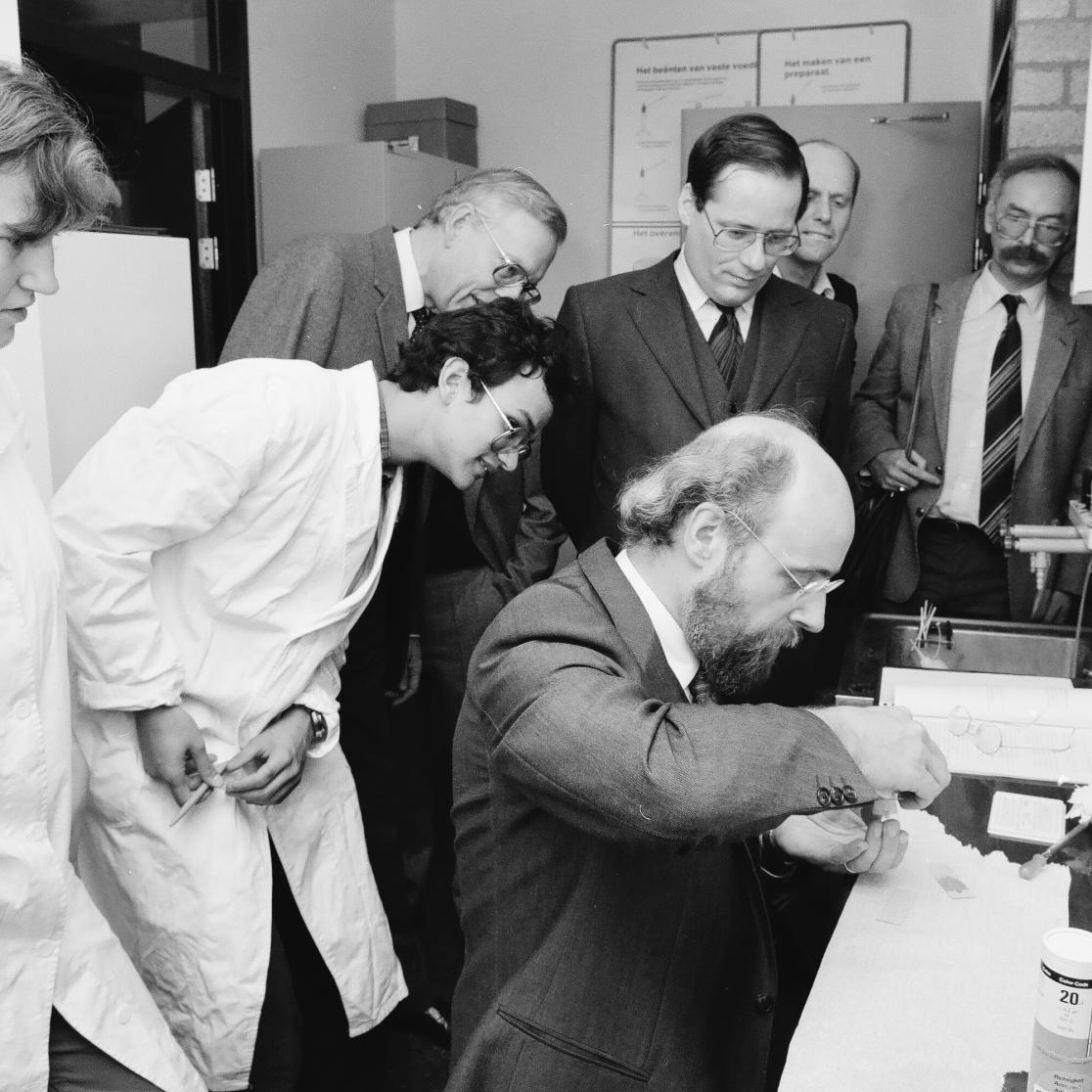
Coen Hemker (1934) studied medicine and biochemistry at the University of Amsterdam, where he also received his PhD. In 1968, he became a professor of Internal Medicine at Leiden. He was one of the co-founders of the medical faculty in Maastricht 1974 and in 1975 became chairman of the Biochemistry department. From 1982 to 1984, he was rector of Maastricht University. He has been a member of the Royal Netherlands Academy of Arts and Sciences (KNAW) since 1986. He has authored or co-authored more than 600 scientific articles and several books in the area of blood coagulation. After his retirement, he founded the spinoff company Synapse BV that does contract research in the field of diagnostics of haemostasis and thrombosis.
Also read
-
DigiMach places Meuse-Rhine Euroregion at the heart of industrial digitalisation
DigiMach (Digital Machining) is a new cross-border project uniting Belgium, Germany, and the Netherlands around a common goal: accelerating the digitalisation of the machining industry in the Meuse-Rhine Euroregion.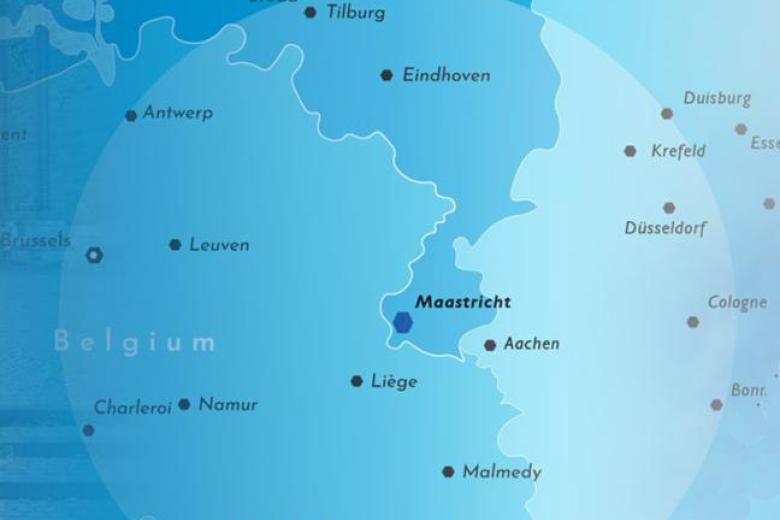
-
Globalisation & Law Network seminar with Áine Ryall
On 24 November 2025, the Globalisation & Law Network, together with the Institute for Globalisation and International Regulation (IGIR) held the seminar with Professor Áine Ryall.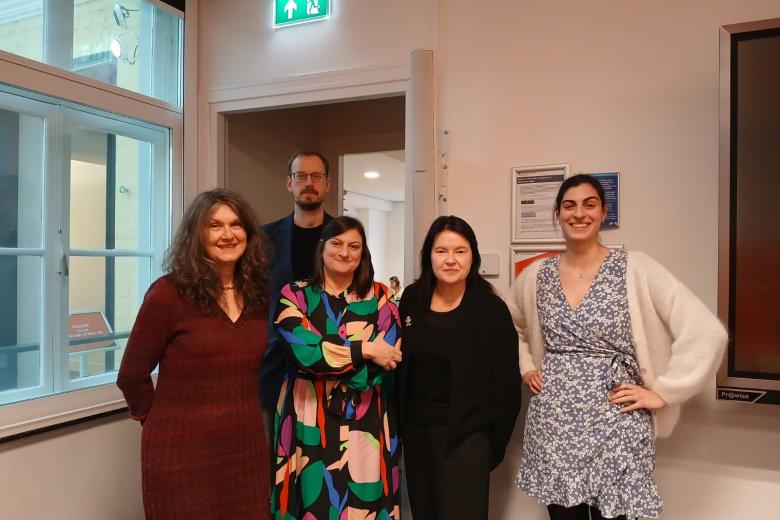
-
Guest Lecture: Lóránt Havas explores current challenges in the EU’s CFSP
Lóránt Havas delivered a guest lecture on the EU’s evolving CFSP, discussing key legal developments, institutional challenges, and new defence instruments.